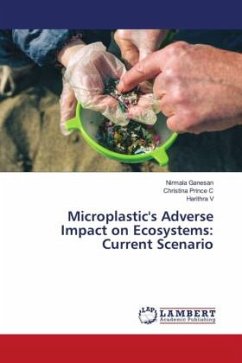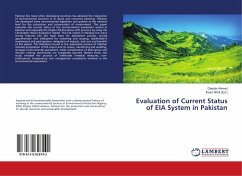Micro plastics are small fragments of plastic trash with a diameter smaller than 5 millimeters. They gather in the environment as a result of wear, such as fibers released from textiles, or as a direct release of small particles, like those used in cosmetics. The fragmentation of larger plastic objects in the atmosphere is thought to be the primary source of micro plastic. In remote areas like the arctic and deep sea, as well as freshwater and marine environments, micro plastics are broadly dispersed. Micro plastics are known to be ingested by a variety of organisms, and laboratory studies suggest that they may have negative impacts. Co-contaminants like chemical additives and pollutants that have been sorbed from seawater can also be transported by plastic scraps. Ingestion of these chemicals can release them into organisms, but there is little proof that plastics act as a significant conduit for toxicological effects in situations that are pertinent to the environment.








